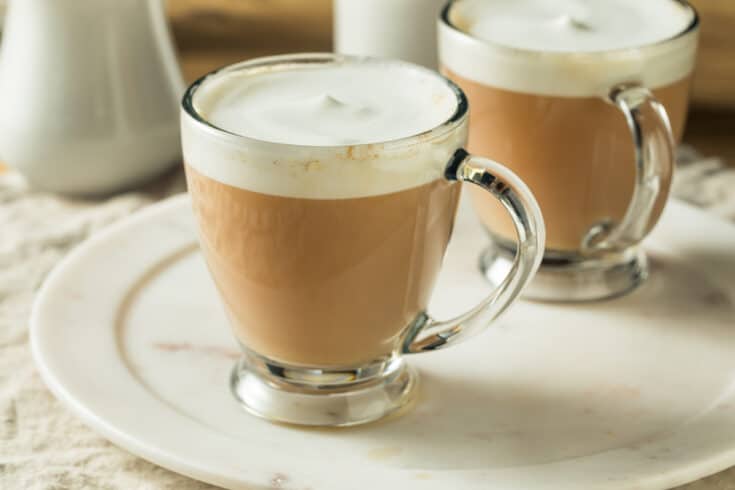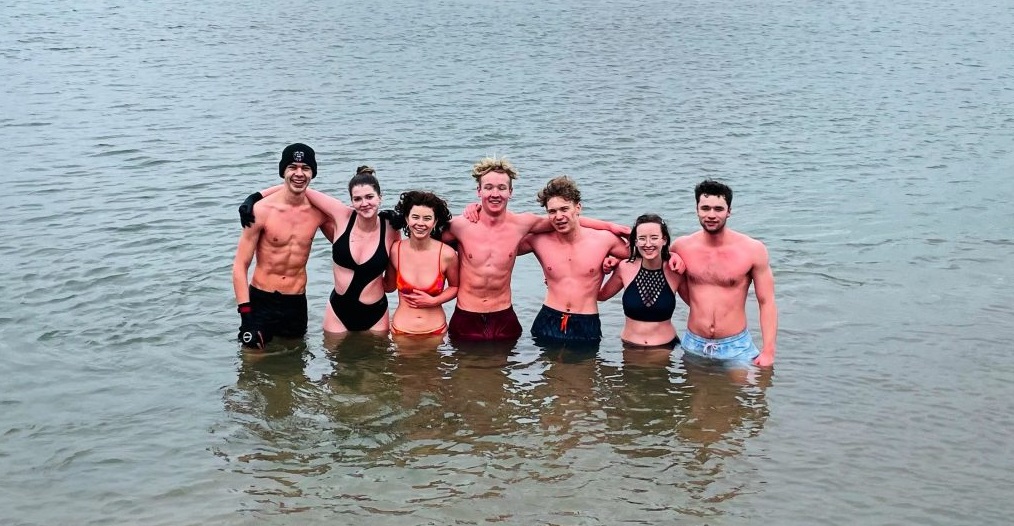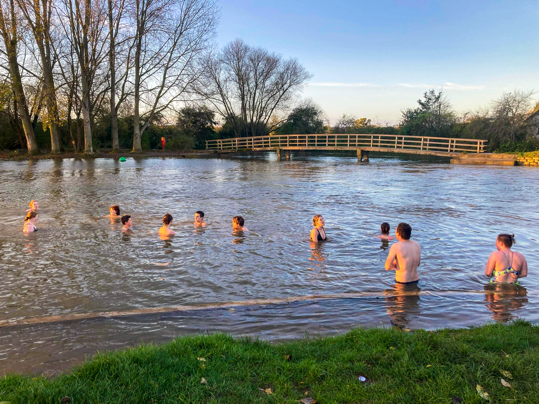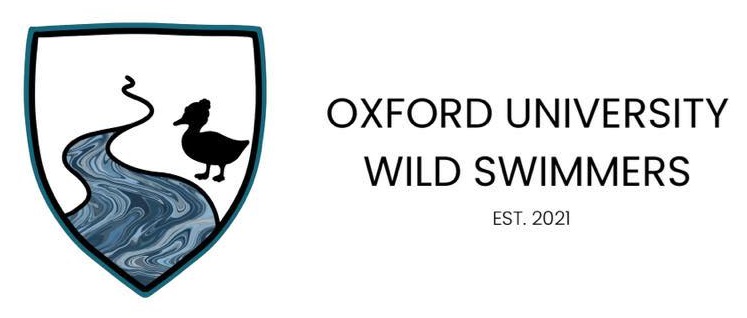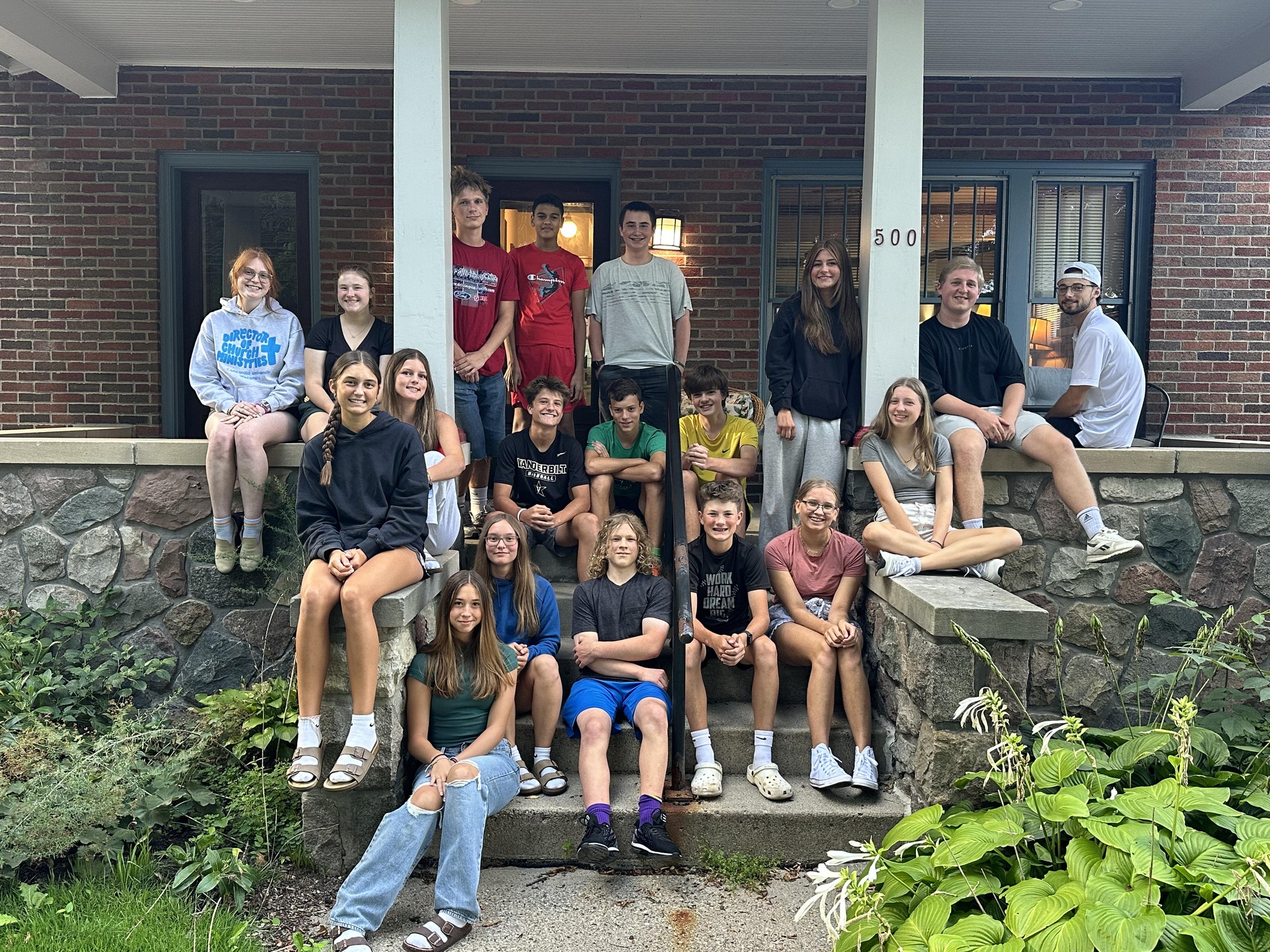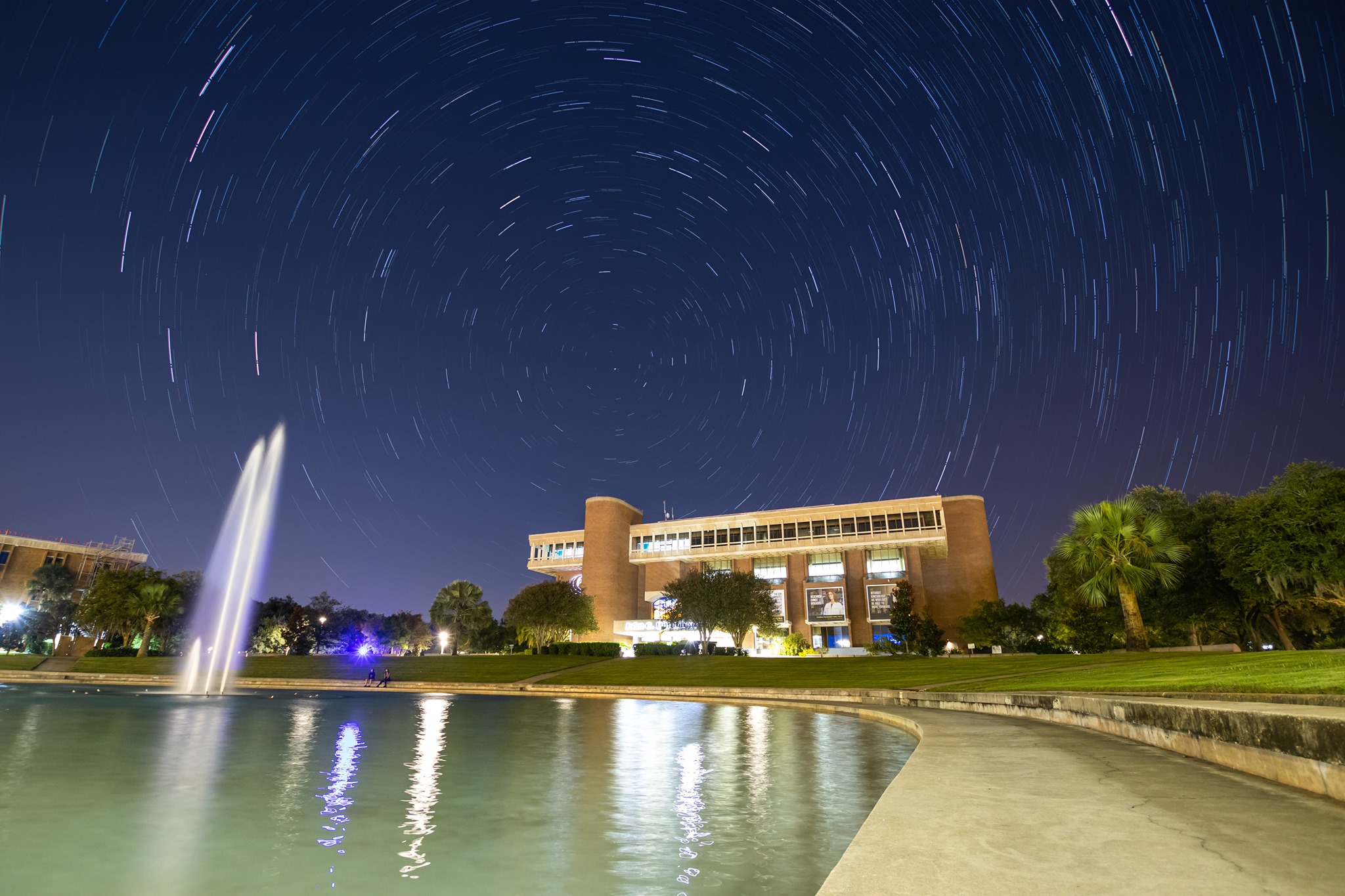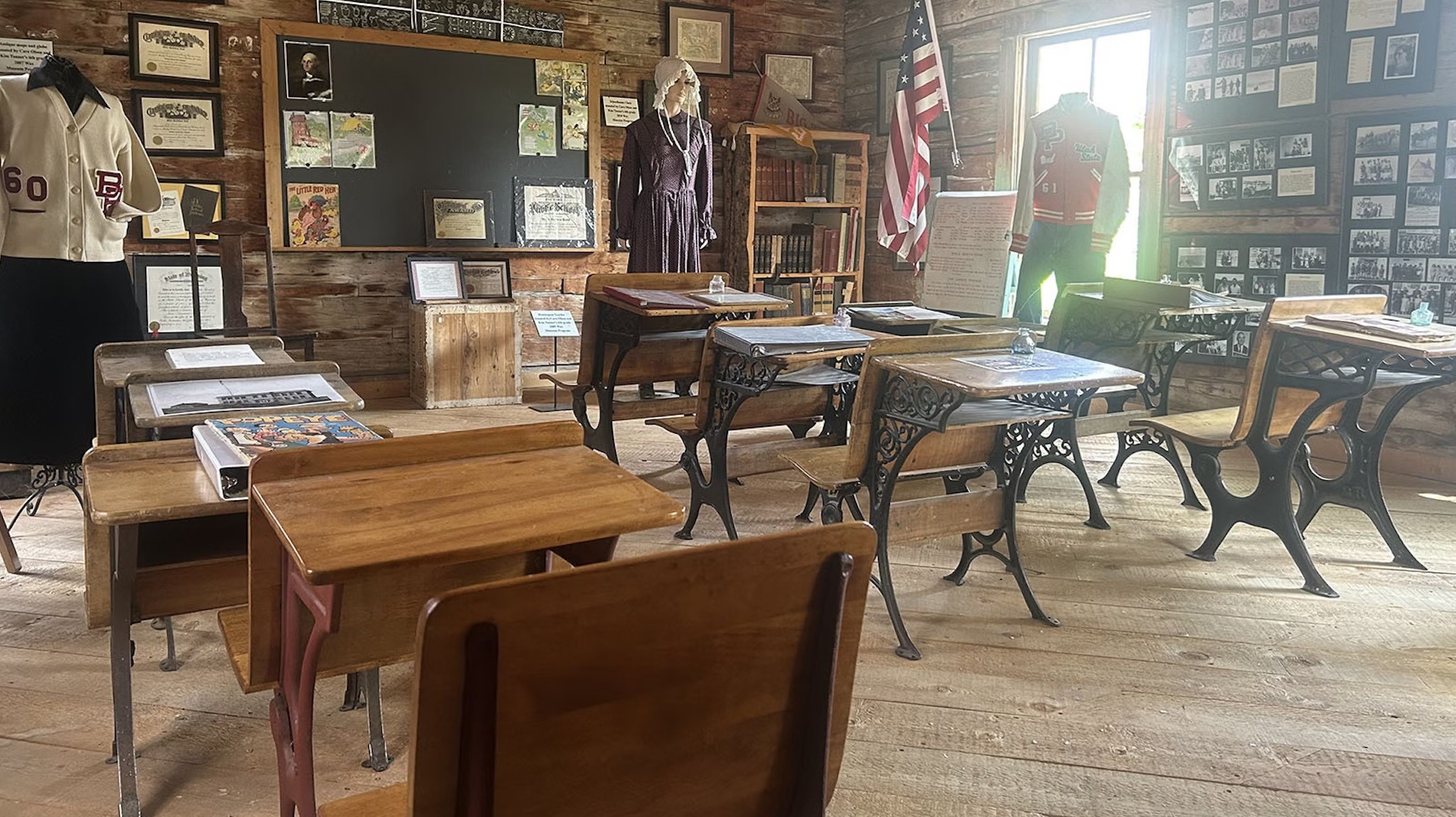Steve and Amy Van Andel Graduate School of Government
- Home Page 7

Cookbook: January
This content is accessible to paid subscribers. To view it please enter your password below or send mike@standardsmichigan.com a request for subscription details.
London Fog
Bowdoin College Statement of Financial Position: June 2023 | $3.046B
Maine Miscellany | State of Maine Building Codes| Bowdoin College Chapel (SGH Architects)
EMMA University of Maine System Revenue Bonds
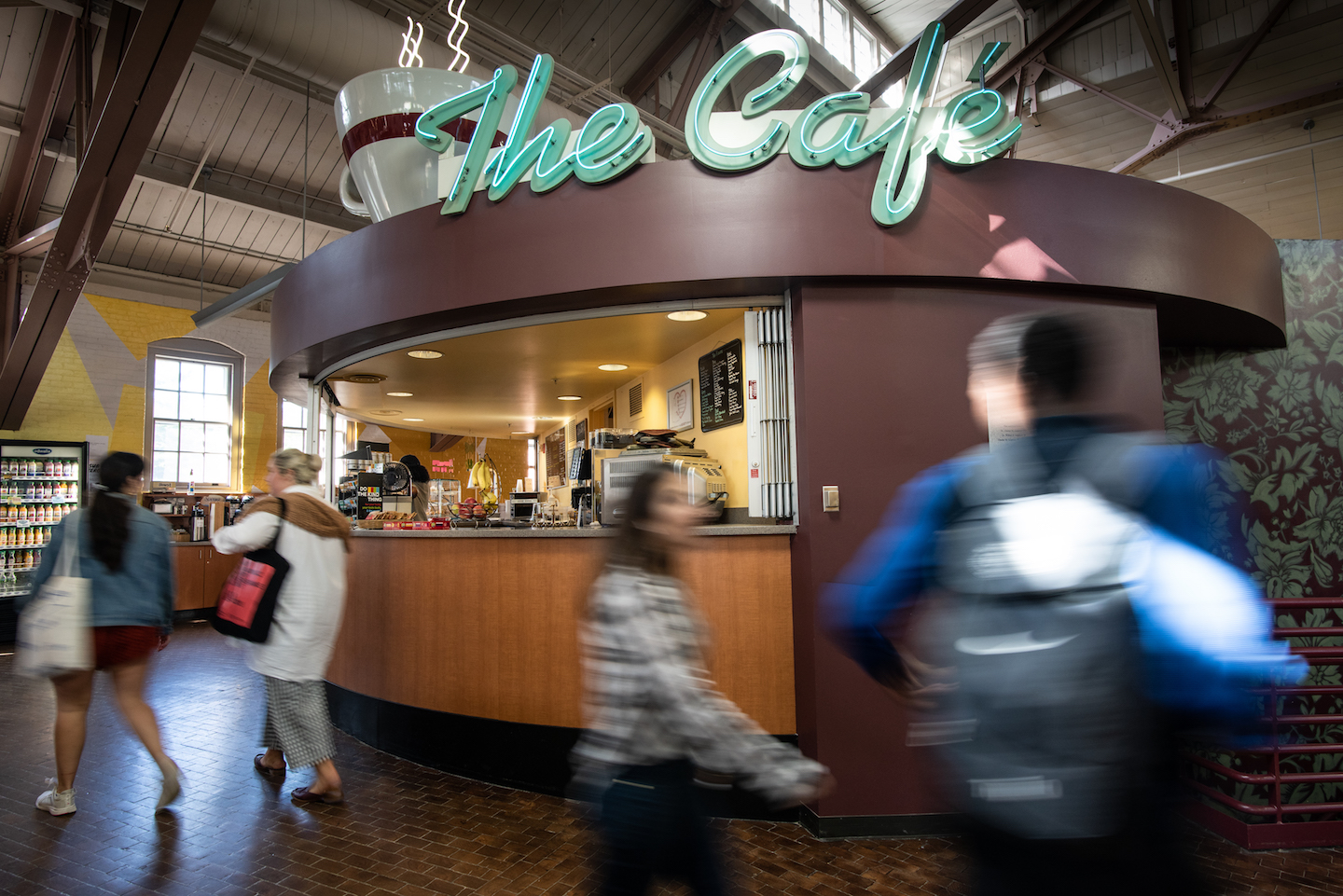
The Cafe’s London Fog | Yield: 16oz
Ingredients
16oz Cup
1 Earl Grey tea bag
1oz Vanilla syrup
11oz Hot water
4oz Steamed milk
Steps
1. Fill the cup with hot water
2. Add vanilla syrup
3. Add tea bag
4. Top with steamed milk
Peter Boghossian (VQ, Portland State University): Critical Thinking, Failing Universities, etc.
Maine is the only rural state led by Democrats | Readings: Self-Reliance
Family Weekend is coming up fast! It is an opportunity for families and friends to connect with campus and to learn about life at Bowdoin. The dates this year are October 21-23rd. Go check out the website here to get details. https://t.co/z1xx28Y2ZX pic.twitter.com/y456C8dhCJ
— Bowdoin College (@BowdoinCollege) October 15, 2022
Big thanks to Glenn Michaels for sharing these beautiful photos with us! pic.twitter.com/8L6nhf4cyT
— Bowdoin College (@BowdoinCollege) November 1, 2024
Creamy Stone Ground Grits
Financial Statement: Net Position $176.3M | 25 Year Master Plan
Grits are made from dried corn ground into coarse or fine particles. The corn kernels are treated to remove the hull, resulting in hominy, which is then dried and milled into grits. To prepare, the grits are simmered in water, milk, or broth until soft and creamy.
They are served hot with butter, salt, or cheese. Sweet versions might include sugar or honey. In the Southern U.S., grits are sometimes paired with eggs, bacon, sausage, or shrimp for a hearty start to the day.
The Corn Refiners Association and the U.S. Food and Drug Administration provide guidelines for defining and labeling grits:
- Ingredients: Grits must be made from corn, typically white or yellow dent corn, and may undergo processes like dehulling or grinding.
- Grinding: Grits are classified by texture—stone-ground (coarser) or processed grits (finer).
- Preparation: Cooking guidelines suggest a 4:1 liquid-to-grits ratio, simmered until creamy. Traditional grits often use water, milk, or broth.
While variations exist, Southern-style grits generally follow these principles.
“The Brew” at Ellender Memorial Library
Thank you to Chef Phil Wingo for being with us this week to teach our students all about BBQ!#nichollsculinary #cjfci #guestchef #bbq #weknowfood pic.twitter.com/yHGzgL9Ul1
— Chef John Folse Culinary Institute (@NichollsCJFCI) February 18, 2020
One of the best traditions on campus. Crawfish Day 2025 was full of food, music, and good times🦞Thanks to SPA for another great year! #CrawfishDay #GeauxColonels pic.twitter.com/RFIxlMzswq
— Nicholls State University (@NichollsState) April 11, 2025
Eggs Benedict
Standards Wyoming | Kitchen Standards | Wyoming Union
Cowboy Coffee | Appetite for Knowledge
Vicki Hayman, University of Wyoming Extension Nutrition Educator, explains how to put together an English muffin, poached egg, Canadian bacon, and a homemade hollandaise sauce named after Lemuel Benedict, a Wall Street banker who, in 1894, ordered a hangover remedy at the Waldorf Hotel in New York. He requested buttered toast, poached eggs, crisp bacon, and hollandaise sauce.
The hotel’s maître d’hôtel, Oscar Tschirky, was impressed and adapted the dish for the menu, swapping bacon for ham and toast for an English muffin, naming it Eggs Benedict in his honor. Another claim links it to Commodore E.C. Benedict, but the Lemuel story is more widely accepted. The dish’s luxurious combination of poached eggs, ham, English muffin, and hollandaise sauce cemented its fame as a breakfast classic.
Wild Swimming
INTERVIEW: Student Ellie Ford on founding the University’s first cold water swimming group
| “Port Meadow is absolutely beautiful and a wonderful place to swim. We often swim in a different spot from other open water swimming groups in order to create a more relaxed environment – especially for our beginners. We do special beginners swims on Saturdays, to ease new members into the practise slowly and very carefully.
Safety is paramount, so I’ll walk them in to the water and they can immerse themselves as much as they want. We never allow anyone to jump or dive into cold water – the shock can cause a swimmer to gulp for air and subsequently ingest water; it’s always a gentle process.” — Ellie |
Sex Difference in Female and Male Ice Swimmers
The Common Cup
Michigan Central Summer Fall | Michigan Central Winter Spring
Open every day since 2007: offering locally sourced coffee, teas, baked goods, and a welcoming space for studying or events. Across Linden Street from First Presbyterian Church of Ann Arbor, Angell Elementary School and footsteps away from Chi Omega and seven other sororities and fraternity houses on the oddly-shaped lot bounded by South University. Washtenaw and Hill Streets.
A post shared by The Common Cup (@thecommoncupcoffee)
The University Lutheran Chapel in Ann Arbor, Michigan was designed by architect Glen Paulsen in 1959; a local Ann Arbor architect known for his modernist work and close ties to the University of Michigan community. The chapel is one of his most celebrated designs and is widely regarded as an outstanding example of mid-20th-century ecclesiastical architecture in the Midwest. The dramatic hyperbolic-paraboloid roof and the integration of natural light through colored glass strips are signature elements of the building.His work often emphasized clean lines, structural expression (e.g., exposed concrete and steel), and integration with natural surroundings, influenced by his time with Eero Saarinen and his teaching roles at the University of Michigan and Cranbrook Academy of Art. While the University Lutheran Chapel (1959) in Ann Arbor exemplifies his ecclesiastical modernism with its hyperbolic-paraboloid roof, below is a curated list of his other key projects, drawn from biographical records, architectural archives, and historical surveys. In the fullness of time his private practice from 1958 to 1969 morphed into TMP (Tarapata-MacMahon-Paulsen, 1969–1977).
Hot Water in North America
Estimating Daily Domestic Hot-Water Use in North American Homes
Florida Solar Energy Center | ASHRAE Conference Paper
Danny S. Parker | Philip Fairey | James D. Lutz, PE
ABSTRACT. The WVU campus in Morgantown, located in north central WV is identified to have elevated heat flows by low-temperature geothermal play fairway analysis of the Appalachian basin. Along with the elevated subsurface heat flows, WVU also has surface demand necessary to develop a deep direct-use geothermal system in the eastern United States. West Virginia University is currently using a steam-based water heating system. This study focuses on converting the current heating system to a geothermal deep-direct-use district heating system.
A comprehensive evaluation of the current heating system is being conducted to determine the university’s heating energy demand. Energy demand is calculated for the whole campus based on the equipment survey and readings from the steam meters. Based on the steam meter readings, the approximate hot water usage of the whole campus is in the range of 10,000-12,000 GPM (gallons per minute). For buildings where there are no existing data or steam meters available, the energy usage is estimated using e-Quest. The tool e-Quest (Quick Energy Simulation Tool) is available through the U.S. Department of Energy and can provide monthly building energy usage data for comparison purposes.
The study includes an in-depth analysis of existing heating and cooling equipment, such as air handling units (AHUs) and heat exchangers, to determine their compatibility with hot water systems. The potential for retrofitting these systems to enhance energy efficiency, reduce operational costs, and contribute to the university’s sustainability goals is evaluated. This retrofit requires significant infrastructure changes, including installing new pumps, pipes, and heat exchangers. A detailed study for retrofitting was conducted on one of the buildings, which includes air handling units, pumps, valves, and expansion tanks.
The total retrofitting cost was found to be approximately $130,000. A preliminary hot water distribution model using Aspen HYSYS is developed, incorporating key system components like heat pumps and geothermal plate heat exchangers with a hot water distribution temperature of 180℉. Similarly, Aspen HYSYS models are developed to study and compare the normal hot water distribution model.
Florida’s campus coffee scene picks up influences from Gulf of America nations. Hot options are popular in winter, though iced drinks never fully disappear.
High Altitude Cinnamon Rolls & Cowboy Coffee
Net Position 2024: $1.304B (Page 22)
Old Main | 2021 Wyoming Building Code
Classes are underway at the University of Wyoming! Whether this is your first day of classes or the last time you’re starting your year as a Cowboy, good luck and we’re proud of all the hard work our Cowboys put in!#uwyo #TheWorldNeedsMoreCowboys #IAmACowboy #GoWyo #GoPokes pic.twitter.com/sev8I2pb8q
— University of Wyoming College of Arts & Sciences (@UWArtsSciences) August 22, 2022
“Ranch Life and the Hunting-Trail” | 1921 Theodore Roosevelt
New update alert! The 2022 update to the Trademark Assignment Dataset is now available online. Find 1.29 million trademark assignments, involving 2.28 million unique trademark properties issued by the USPTO between March 1952 and January 2023: https://t.co/njrDAbSpwB pic.twitter.com/GkAXrHoQ9T
— USPTO (@uspto) July 13, 2023
Standards Michigan Group, LLC
2723 South State Street | Suite 150
Ann Arbor, MI 48104 USA
888-746-3670



